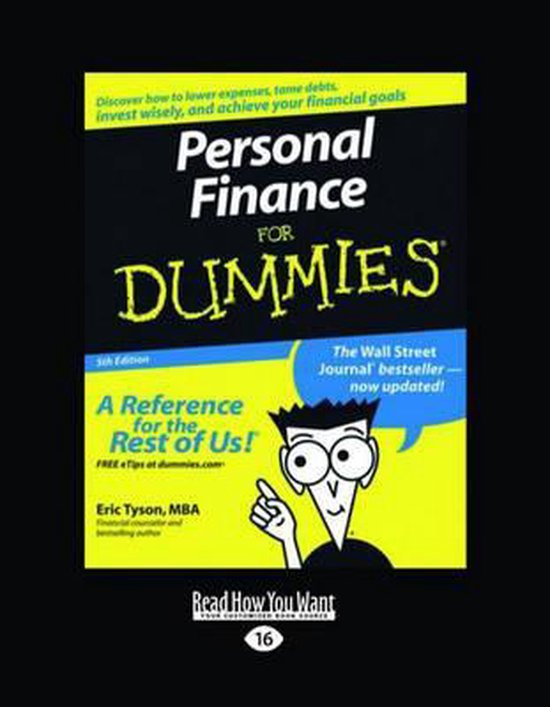

It may be in the form of equity financing in which the friend or relative receives an ownership interest in the business. The interest on a home equity loan is tax deductible.įounders of a start-up business may look to private financing sources such as parents or friends. Some home equity loans are set up as a revolving credit line from which you can draw the amount needed at any time. For example, if your house is worth $250,000 with an outstanding mortgage of $160,000, you have $90,000 in equity you can use as collateral for a home equity loan or line of credit. If your home has an existing mortgage, it can provide funds on the difference between the value of the house and the unpaid mortgage amount. If your home is paid for, it can be used to generate funds from the entire value of your home. Home equity loans - A home equity loan is a loan backed by the value of the equity in your home. The loan will reduce the face value of the policy and, in the case of death, the loan has to be repaid before the beneficiaries of the policy receive any payment. You may borrow most of the cash value of the policy. It takes about two years for a policy to accumulate sufficient cash value for borrowing. The money can be used for business needs. This does not include term insurance because it has no cash value. Life insurance policies - A standard feature of many life insurance policies is the owner’s ability to borrow against the cash value of the policy. Personal resources can include profit-sharing or early retirement funds, real estate equity loans, or cash value insurance policies. The first place to look for money is your own savings or equity. Preferred stockholders receive a predetermined dividend before common stockholders receive a dividend. But common stockholders are last in line for the company’s assets in case of default or bankruptcy. For example, common stockholders can vote while preferred stockholders generally cannot. Similarly, companies may use different types of preferred stock. An equity stake in a company can be in the form of membership units, as in the case of a limited liability company or in the form of common or preferred stock as in a corporation.Ĭompanies may establish different classes of stock to control voting rights among shareholders.

The investment should be properly defined in a formally created business entity. Equity involves a permanent investment in a company and is not repaid by the company at a later date. The ownership stake resulting from an equity investment allows the investor to share in the company’s profits. Equity FinancingĮquity financing means exchanging a portion of the ownership of the business for a financial investment in the business. Also, incentives may be available to locate in certain communities or encourage activities in particular industries. Government grants to finance certain aspects of a business may be an option. Retail businesses usually require less capital.ĭebt and equity are the two major sources of financing. For example, processing businesses are usually capital intensive, requiring large amounts of capital. The financial needs of a business will vary according to the type and size of the business.

But first you need to consider how much money you need and when you will need it. There are several sources to consider when looking for start-up financing.

This works to keep your payments in check with the reality of your business’s financial situation.Pdf Types and Sources of Financing for Start-up Businessesįinancing is needed to start a business and ramp it up to profitability. How much you pay yourself month to month using this method depends on the profits of the business. If you don’t feel comfortable with your business’s financial state to pay yourself a fixed wage, the owner’s draw method is a viable alternative. It’s about ensuring that you receive a steady wage of your own instead of basing your personal income entirely on the success of your business. Using this method, the amount you pay yourself is fixed. This money is yours to spend on things other than your business expenses. Using the salary method, you as the owner of your business will pay yourself a salary in the same way you would pay staff. To practice paying yourself as a business owner, you can adopt one of two methods: salary and owner’s draw. Putting it into action means investing long-term for retirement and other personal expenses that prioritise your wellbeing. An investor’s mentality that assists with savings over time, pay yourself is useful advice for business owners.


 0 kommentar(er)
0 kommentar(er)
